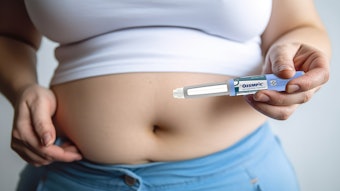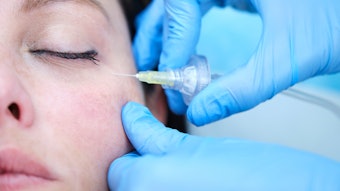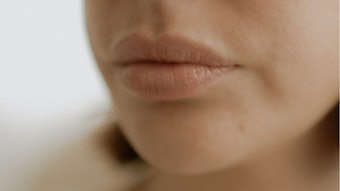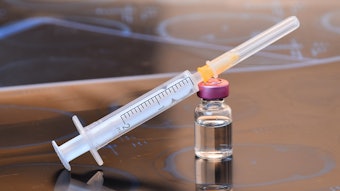
To optimize midface rejuvenation techniques, scientists developed a novel anatomical approach—dubbed the smiling cadavers method—to identify the main midface fat compartments involved during muscular contraction when smiling and observe the motion and behavior with and without filler injections.
They used those insights to develop a multilayering filler injection approach with rheologically different products injected into different fat compartments. The June 2022 study by Trévidic, Patrick M.D., et. al, was published in the Plastic and Reconstructive Surgery section of the Journal of the American Society of Plastic Surgeons.
Related: Alternative Filler Injection Technique for Lower Eyelid Rejuvenation
A proof-of-concept study observed 130 white patients aged 36 to 56, with women making up 91% of patients. After the procedure, 95% of patients and 98% of practitioners rated facial appearance as “improved” or “much/very much improved.” No major complications were reported.
The hemifacial dissections confirmed the presence of two fat compartment layers, separated by the orbicularis oculi muscle in the horizontal plane and by the septa in the vertical plane, and revealed the anatomical effects of facial movement. The midface is composed of deep static fat compartments and a superficial dynamic adipose layer that follows the facial movements, creating a natural dynamic appearance.
The study suggests that the smiling cadavers method enhances understanding of dynamic facial anatomy by showing the superficial and deep fat compartments of the midface at rest and the motion during a procedure to represent a smile.











